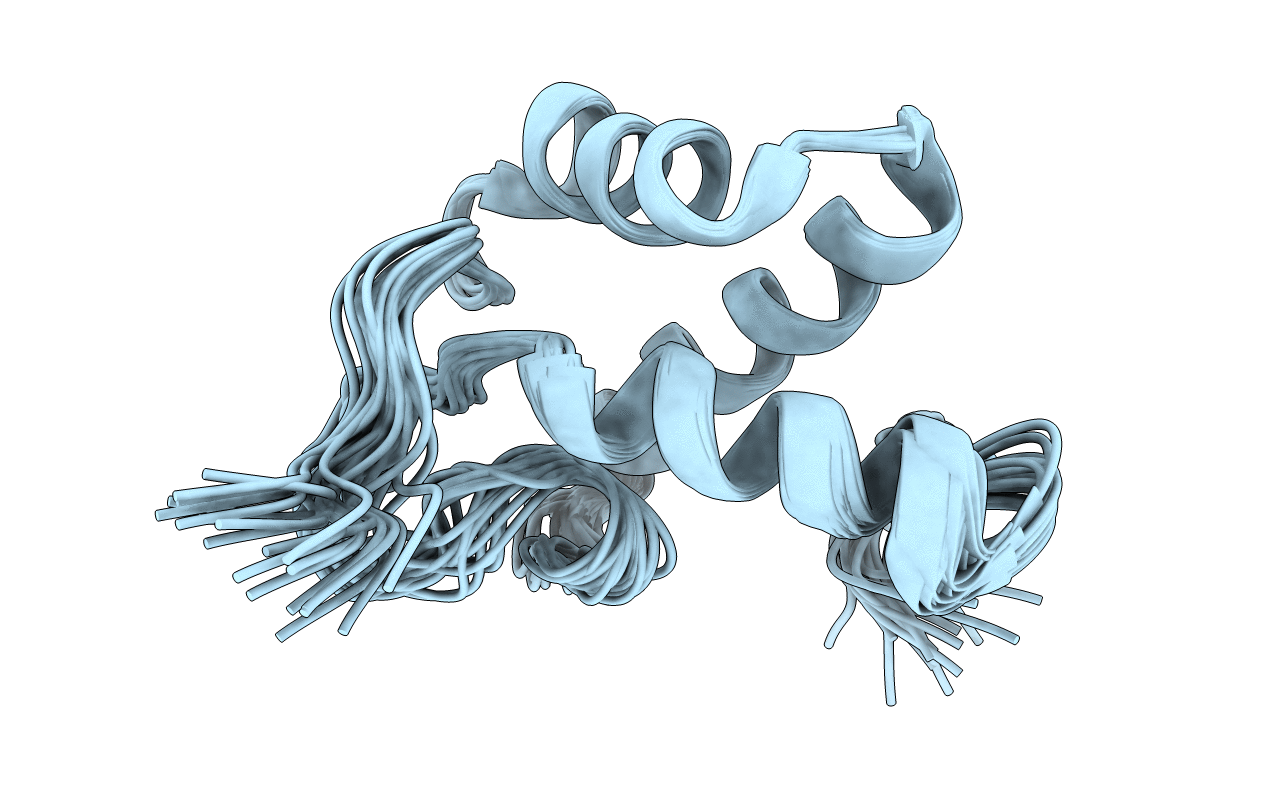
Deposition Date
2010-03-30
Release Date
2011-07-13
Last Version Date
2024-05-01
Entry Detail
PDB ID:
2KW0
Keywords:
Title:
Solution structure of N-terminal domain of CcmH from Escherichia.coli
Biological Source:
Source Organism:
Escherichia coli (Taxon ID: 511693)
Host Organism:
Method Details:
Experimental Method:
Conformers Calculated:
200
Conformers Submitted:
20
Selection Criteria:
structures with the lowest energy


